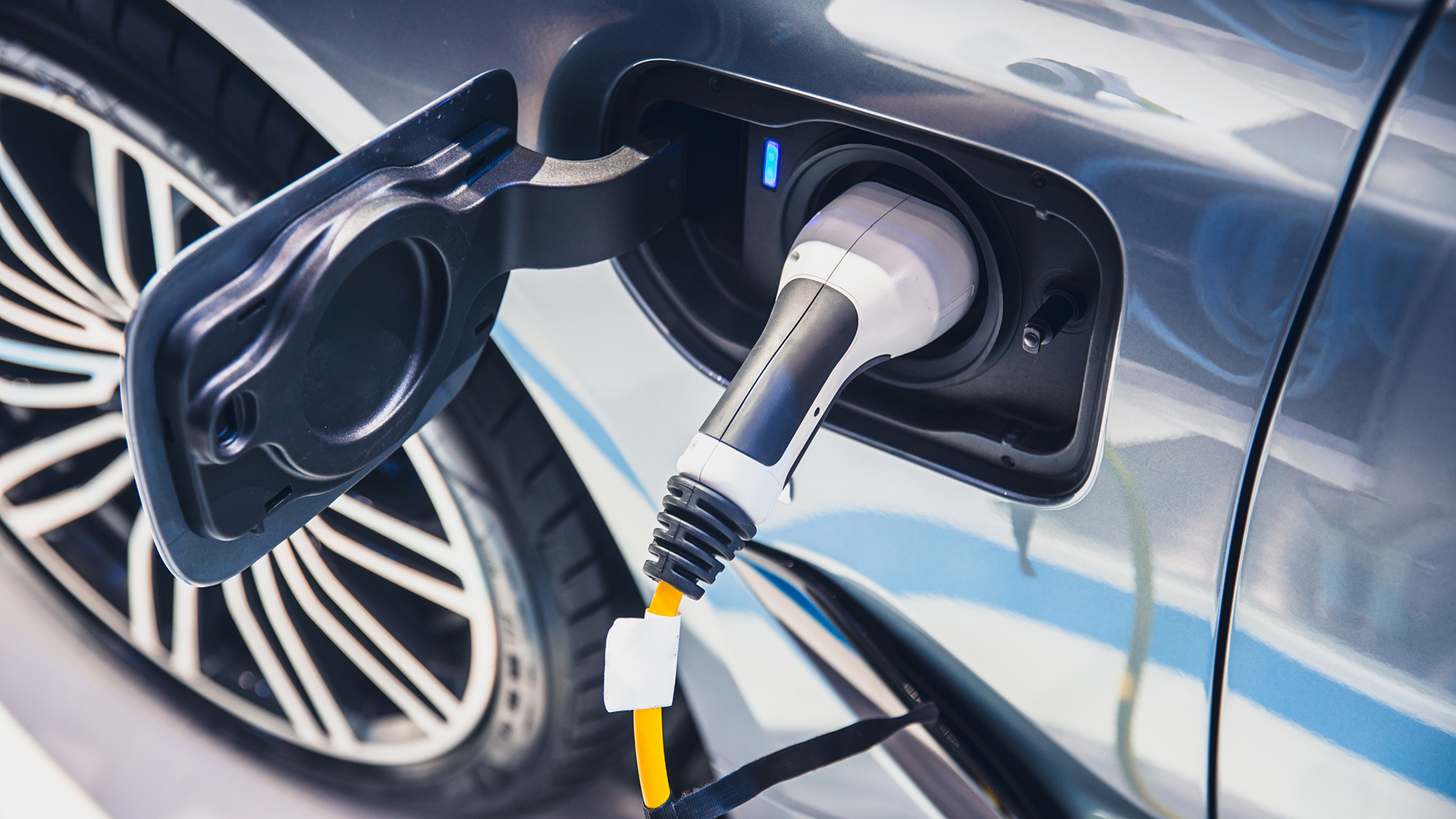Like many of the nation’s industries, the US lithium sector will be instrumental in establishing a green economy.
The transition towards sustainable and renewable energy sources represents a global imperative in the face of rapidly advancing climate change – a global challenge the US lithium sector will be pivotal in overcoming.
Lithium is an elemental metal that has become indispensable in green technologies such as electric vehicles (EVs), wind power storage, and solar energy systems.
This article will not only delve into the domestic ramifications of the US lithium industry but also focus on its substantial influence on policy formulation and development related to renewable energy sources.
Furthermore, it will explore international implications associated with the US lithium market dynamics while providing future perspectives concerning lithium’s pivotal role within a burgeoning green economy.
The role of lithium in green technologies
Lithium, the linchpin of green technologies, acts as the lifeblood in the veins of renewable energy systems, facilitating their operations and enhancing their efficiency.
As a critical component of lithium batteries, it serves as an indispensable element in harnessing and storing renewable energy.
Lithium innovation has significantly contributed to this process by developing highly efficient lithium-ion batteries that have revolutionised EVs and grid storage solutions.

The growing demand for these applications has stimulated lithium mining activities across various regions worldwide.
Meanwhile, with increased lithium mining comes greater responsibilities towards environmental preservation and sustainable practices. This is where lithium recycling plays a crucial role.
By repurposing spent lithium batteries through innovative recycling processes, further extraction can be reduced and mitigate potential environmental risks associated with battery disposal.
Furthermore, recycling offers an opportunity to secure a stable supply chain by recovering valuable materials from used batteries, which can then be reused for manufacturing new ones.
Domestic impact of the US lithium industry
The US lithium industry has profoundly impacted domestic economic and environmental scenarios. Lithium extraction impacts are manifold, encompassing both advantages and challenges.
Economically, the US lithium industry has contributed significantly to employment generation, providing a robust workforce essential for lithium-based products’ extraction, processing, and production.
Additionally, technological advancements have been instrumental in enhancing the efficiency and effectiveness of these processes.
The influence of the US lithium sector extends beyond its immediate economic impact, reaching into transportation infrastructure as well.
The demand for EVs, which rely heavily on lithium-based batteries due to their high energy density and long lifespan, has increased exponentially over recent years.
This shift towards EVs necessitates significant changes in infrastructure requirements throughout the country.
Charging stations must be established nationwide to support such vehicles’ operation; moreover, roads need to be adapted to accommodate these larger, heavier automobiles.
Despite these transformative influences on domestic landscapes brought about by the growth of the US lithium sector, it is essential not to overlook other critical considerations, such as sustainable resource management and mitigating potential negative environmental impacts associated with extraction activities.
The success of America’s renewable energy transition will depend largely on how effectively it can balance these conflicting needs – boosting green technology development while ensuring responsible stewardship of natural resources and safeguarding environmental health.
The industry’s effect on policy and development
Dramatically altering the trajectory of policy development, the vast and powerful reach of the US lithium industry has thrust it to the forefront of national discussions on sustainable resource management and environmental conservation.
The sector’s effect on policy is evident, with lithium legislation being regularly updated to reflect the evolving needs of this burgeoning industry.
Notably, policy advancements have been made in areas such as land use rights for mining companies, battery disposal regulations, and incentives for renewable energy adoption.
These legislative milestones point towards an increasingly proactive governmental stance towards managing lithium resources responsibly.

Moreover, another telling indicator of the lithium sector’s influence over public policy is its persistent lobbying efforts.
Lithium Lobbying has become a common phenomenon; key players in this sector continuously engage with government bodies to shape policies that favour their interests while simultaneously promoting sustainability.
Regulatory impacts from these lobbying activities can be seen in ease-of-doing-business laws for lithium-based operations, import-export guidelines for raw materials and end products, and safety standards at mining sites and processing units.
International implications for the lithium market
As we turn our attention to global implications, it is essential to consider the significant impact of the US lithium market on international trade dynamics, geopolitics, and sustainable development goals.
The US lithium sector strategically shapes the contemporary geopolitical landscape through its influence on lithium trade wars and pricing trends.
This influence is particularly significant in light of the growing tension between the US and China over lithium dynamics as both nations vie for control over this valuable resource.
These lithium conflicts have far-reaching consequences not just for these countries but also for others that depend on their economic stability.
As two of the world’s most powerful economies, any shift in their relationship regarding lithium mining and trade reverberates throughout the globe.
Similarly, diplomatic relations are increasingly intertwined with access to lithium reserves; nations rich in these resources often find themselves at the centre of international politics.
The globalisation of the lithium market complicates this scenario further as it introduces more players into an already crowded field – adding another layer of complexity to efforts aimed at establishing a fair and sustainable system for exploiting this critical resource.
Given these factors, one can surmise that developments within America’s lithium sector wield considerable sway over international affairs – from altering power balances among nations to influencing global sustainability initiatives centred around clean energy production and consumption patterns.
Future Perspectives: Lithium and the green economy
Pivoting towards the future, lithium’s role within the burgeoning green economy is essential. Lithium extraction methods are thus being optimised, focusing on minimising environmental impact while maximising efficiency to meet the escalating demand.
Concurrently, lithium recycling initiatives have emerged as a priority owing to the finite nature of lithium reserves and the environmental footprint associated with their extraction.
The evolution of EVs is intrinsically tied to advancements in lithium-ion technology, given that these vehicles predominantly rely on lithium-ion batteries for power.
Therefore, the continued enhancement of this technology is cardinal for improving vehicle performance and driving range, both critical factors determining consumer adoption rates.
Moreover, as renewable energy sources such as solar and wind become increasingly prevalent, so does the need for effective energy storage solutions.

Here, lithium plays a pivotal role; advancements in battery design enable more efficient capture and release of generated power, thereby augmenting grid reliability and resilience.
The US lithium sector stands at an interesting intersection where technological innovation meets policy support to encourage green practices.
The advances in lithium extraction methods coupled with concerted efforts towards enhancing recycling processes underscore its significance within this novel ecosystem.
Meanwhile, ongoing research into improving battery life span and efficacy speaks volumes about its influence over both mainstream transportation models – via electric vehicle evolution – and broader energy management systems through improved storage capabilities.
In essence, it becomes evident that our trajectory towards a sustainable future is heavily intertwined with developments within this sector.










